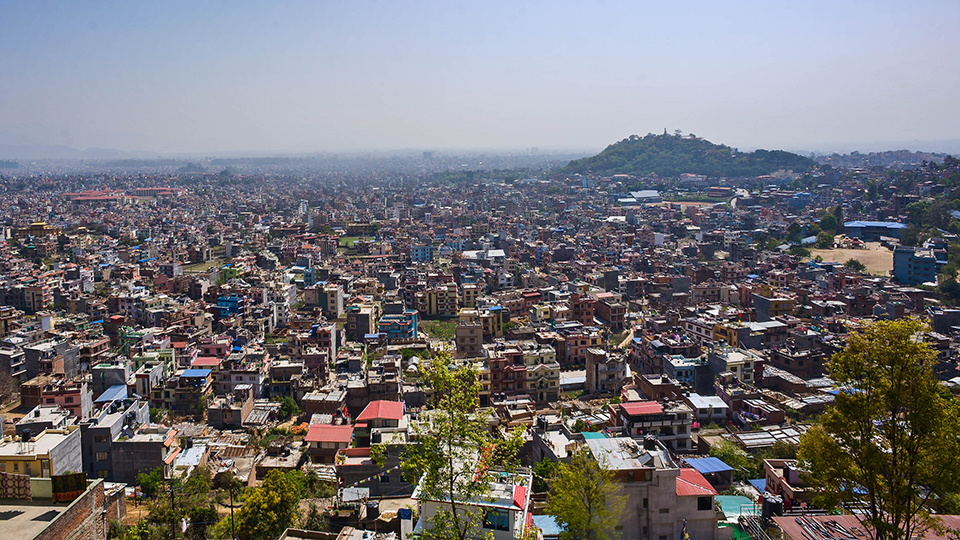
OR
World Population Day being observed today
Published On: July 11, 2019 01:14 PM NPT By: Sanskriti Acharya

KATHMANDU, July 11: The United Nations World Population Day is observed annually on 11 July. The day was established by the governing council of the United Nations Development Program in 1989 to focus on the urgency and importance of population issues.
This year, the day seeks global attention to the unfinished business of the 1994 International Conference on Population and Development wherein 179 governments “recognized that reproductive health and gender equality are essential for achieving sustainable development.”
World population has reached a staggering 7.7 billion. According to the UN Department of Economic Affairs, Nepal’s population is expected to stop growing by the end of 2100 due to falling fertility rates. “Nepal’s population of 28.6 million in 2019 will increase to 36.45 million in 2053,” reads the report.
The report has predicted that Nepal’s population will decline after 2053, while it will just have a population of 27.3 million by the end of 2100.
According to the UN, every year approximately 83 million people are added to the world's population and by 2030; the world population is expected to reach the 8.6 billion mark.
With depleting natural resources, it is impertinent that careful management of the population becomes a standard protocol so as to not exhaust the resources available.
The day was inspired by the public interest in Five Billion Day on July 11, 1987, the approximate date on which the world's population reached five billion people.
The world’s population is projected to grow from 7.7 billion in 2019 to 8.5 billion in 2030 (10% increase), and further to 9.7 billion in 2050 (26%) and to 10.9 billion in 2100 (42%).
On the occasion of World Population Day 2019, Prime Minister KP Sharma Oli said in a message that it is imperative to capitalize the population as an opportunity for economic and social development in the country.
He further urged to pay attention to no management aspects keeping in mind the outcomes being made in the indicators of policy and education and health and employment opportunities to tame population growth by reducing reproductive rates.
"Nepal's life expectancy has increased with the immoderate decline in the rates of child mortality and mortality of people of all ages and currently there is a majority of the active population age group in the country.
PM Oli also mentioned that the government has adopted the policy of zero tolerance to any forms of child labor and gender discrimination. Similarly, efforts are also being made by the government to bring changes regarding malpractices such as child marriage. (With inputs from RSS and agencies)
You May Like This

Nepal lobbying with UN for doubling UN peacekeeper numbers
KATHMANDU, June 1: Defense Minister Bal Krishna Khand said on Wednesday that government has been lobbying with the United Nations for... Read More...

U.N. chief sorry for U.N. role in deadly Haiti cholera outbreak
Outgoing United Nations Secretary-General Ban Ki-moon apologized to the people of Haiti on Thursday for the world body's role in... Read More...

Japanese envoy inaugurates retina treatment program
BHAKTAPUR, July 15: A retina eye treatment program, 'Retina Eye Care Nepal' has been launched at the Eye, Nose, Ear,... Read More...











Just In
- Nepal at high risk of Chandipura virus
- Japanese envoy calls on Minister Bhattarai, discusses further enhancing exchange through education between Japan and Nepal
- Heavy rainfall likely in Bagmati and Sudurpaschim provinces
- Bangladesh protest leaders taken from hospital by police
- Challenges Confronting the New Coalition
- NRB introduces cautiously flexible measures to address ongoing slowdown in various economic sectors
- Forced Covid-19 cremations: is it too late for redemption?
- NRB to provide collateral-free loans to foreign employment seekers







Leave A Comment